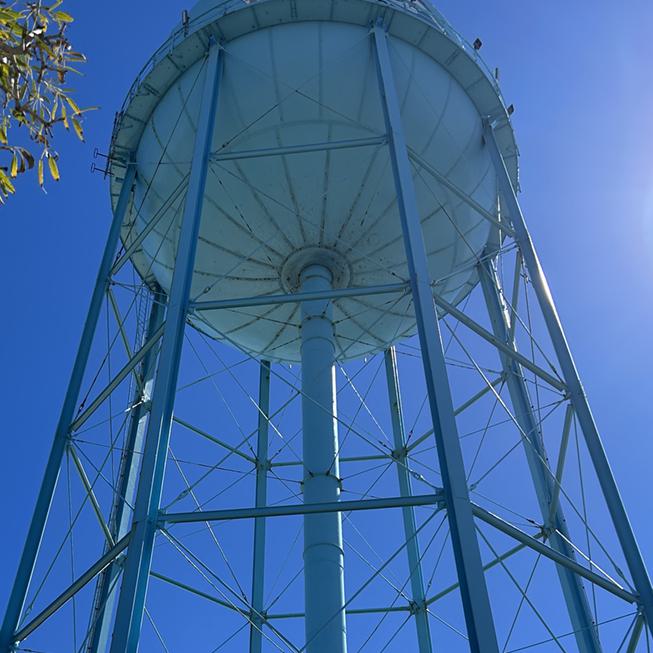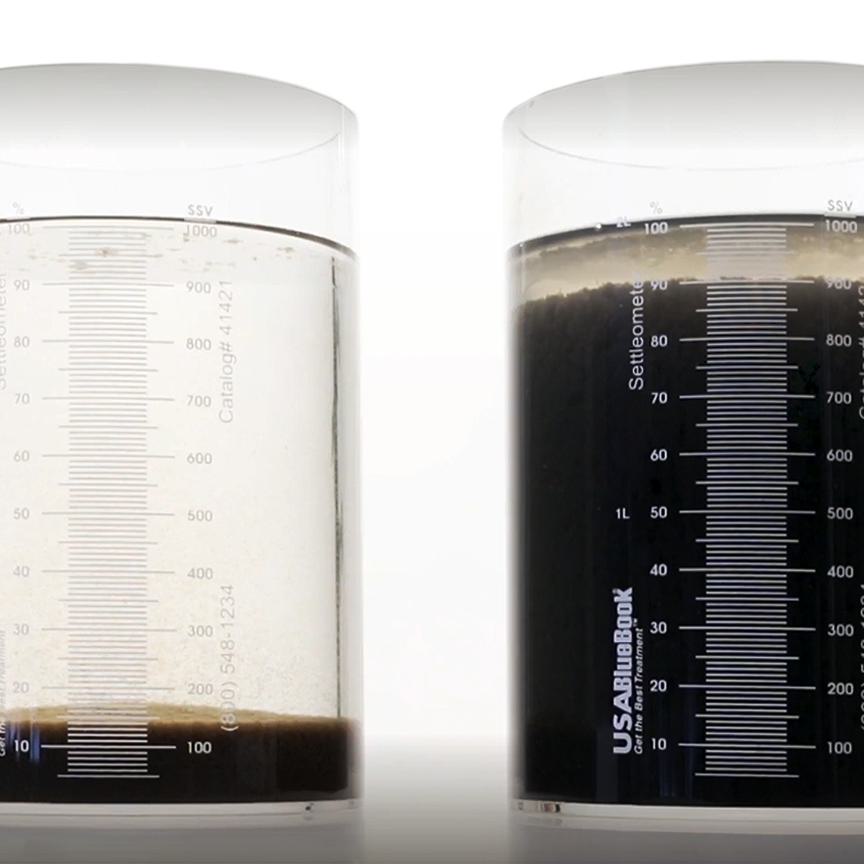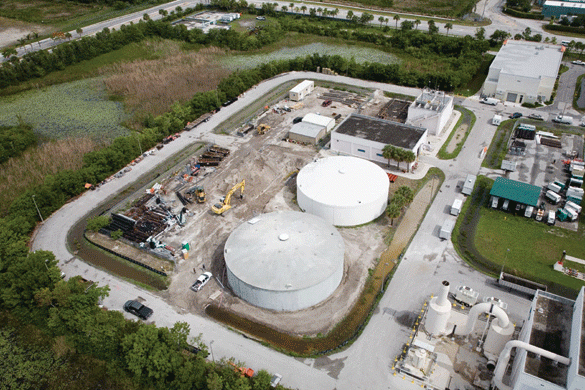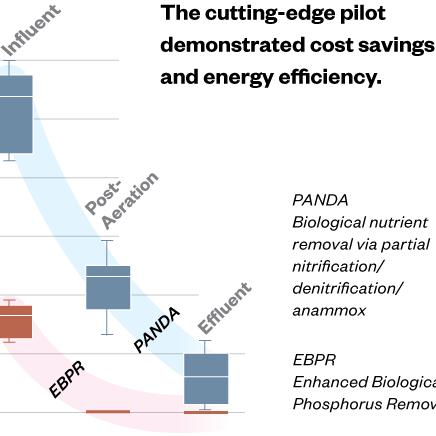The Path to PFAS Destruction in Wastewater
A four-pronged approach to PFAS management helps wastewater facilities identify, divert, accumulate, and destroy these dangerous substances before they enter our precious water sources.
At a Glance:
- Per- and polyfluoroalkyl substances (PFAS), also known as "forever chemicals" due to their persistent nature, have become widespread environmental pollutants. Their presence in industrial and consumer products has resulted in their accumulation in the influent of water resource reclamation facilities (WRRFs).
- Managing PFAS requires a holistic strategy centered on identification, diversion, accumulation, and destruction.
- Leveraging multiple PFAS control strategies can empower utilities to develop an approach that is best suited to their specific challenges.

Kelly Landry focuses on wastewater process studies, including emerging strategies for PFAS management at treatment facilities.

Multiple management tools can provide the best solution for PFAS control. Source: Hazen and Literature
Background
The U.S. Environmental Protection Agency (EPA) has flagged PFAS as contaminants of emerging concern (CEC) due to their widespread presence and health risks. With the White House recently issuing the first-ever national, legally enforceable drinking water standard to protect communities from exposure to PFAS in drinking water, there's a push to find where these chemicals are coming from and control their levels across the water cycle. This uncertainty affects WRRFs, as PFAS can persist through treatment processes, potentially ending up in effluent and biosolids that are recycled back into source waters. The water sector is working hard to break this cycle and remove PFAS compounds at strategic places along the engineered water cycle.
PFAS Identification and Diversion
To limit the discharge of PFAS to WRRFs, utilities can develop source monitoring and control programs to identify PFAS dischargers and divert PFAS loads from entering the WRRF.
For example, when an environmental nonprofit approached a utility in Burlington, North Carolina, concerned about PFAS levels in their wastewater effluent, Hazen helped develop one of the most comprehensive PFAS source monitoring and control strategies in the U.S. to date. A risk assessment of wastewater sources, along with sewer system sampling and data analyses, pinpointed several dischargers contributing the most PFAS to the East Burlington Wastewater Treatment Plant. Burlington worked cooperatively with those dischargers to create and execute plans to reduce PFAS in their waste streams, such as phasing out PFAS and implementing closed-loop systems. Since these plans were implemented, PFAS levels in the wastewater effluent decreased by more than 90%.

The team evaluated multiple alternative accumulation technologies for PFAS management: powdered adsorbents, foam fractionation, and granular activated carbon. Studies have shown that the removal of individual PFAS compounds can vary widely, from low removal (<10%) of short-chain PFAS to high removal (>90%) of long-chain PFAS. Source: Hazen and Literature
Accumulation
PFAS are easier to manage in smaller and more concentrated volumes, which is why an accumulation strategy is a key step in PFAS management. Hazen supported a client in Virginia investigating alternative accumulation technologies for concentrating PFAS into a smaller volume, so they are easier to remove from the mainstream wastewater flow. Bench-scale and full-scale studies explored the application of foam fractionation, powdered adsorbents, and granular activated carbon (GAC) to remove PFAS from the mainstream flow.
Although these technologies can remove PFAS from mainstream wastewater, they generate a low-volume, concentrated PFAS waste product—such as brine, exhausted GAC, and foam—that requires further treatment to destroy the strong carbon-fluorine bond.
“At Hazen, we are solution agnostic and do not promote a specific technology. We are here to support and meet the client’s needs and identify the best solution for them.”
Destruction
The final step in managing PFAS involves using destruction technologies capable of breaking the carbon-fluorine bond. Various successful methods include supercritical water oxidation (SCWO), gasification/pyrolysis, feammox (ammonium oxidation under ferric-iron reducing conditions), and electrochemical oxidation (EO).
During electrochemical oxidation, PFAS in the solution are adsorbed on an anode surface, where oxidant radicals degrade the compound via mediated electrolysis, breaking the carbon-fluorine bonds. This process produces carbon dioxide, hydrofluoric acid, and fluoride ions.
Hazen, in partnership with Aclarity and the US Bureau of Reclamation, is conducting a pilot study to assess the viability of EO in destroying PFAS in concentrated PFAS-containing reverse osmosis brine. Testing will assess energy efficiency, electrode longevity, and scalability.
- Kelly Landry, PhD, PE, Principal Engineer, Wastewater Facilities

Electrochemical oxidation involves passing PFAS-laden water through an array of electrodes, including a positively charged anode and a negatively charged cathode. The process leads to the degradation of PFAS compounds, as it breaks down long-chain PFAS and removes fluorine from the alkyl chain. Source: Hazen and Literature
PFAS in Wastewater Aren't Necessarily Forever
Despite the nickname, PFAS do not have to stick around “forever” once they enter water systems. Employing the right technology at the right stages in the engineered water cycle is an opportunity for utilities to disrupt PFAS cycling. As the EPA continues to develop new regulations and recommendations regarding PFAS levels in wastewater and biosolids, the engineering community will need to work together to address this unique challenge.
“It's always going to be a team effort,” explains Landry. “There isn’t a one-size-fits-all solution for everyone. We all need to understand what our role is in this challenging problem.”






















